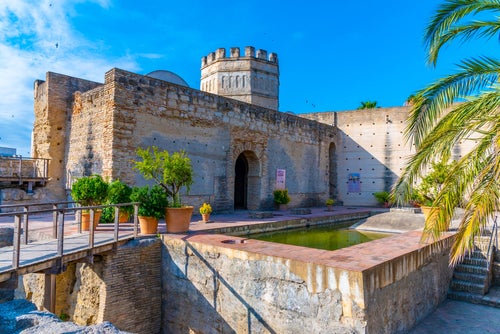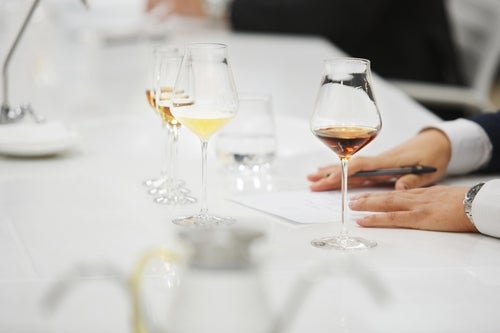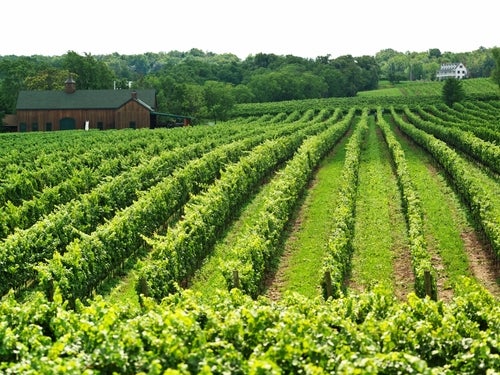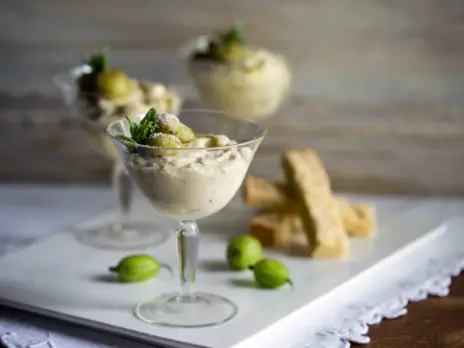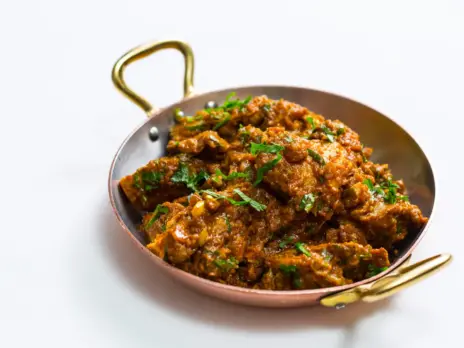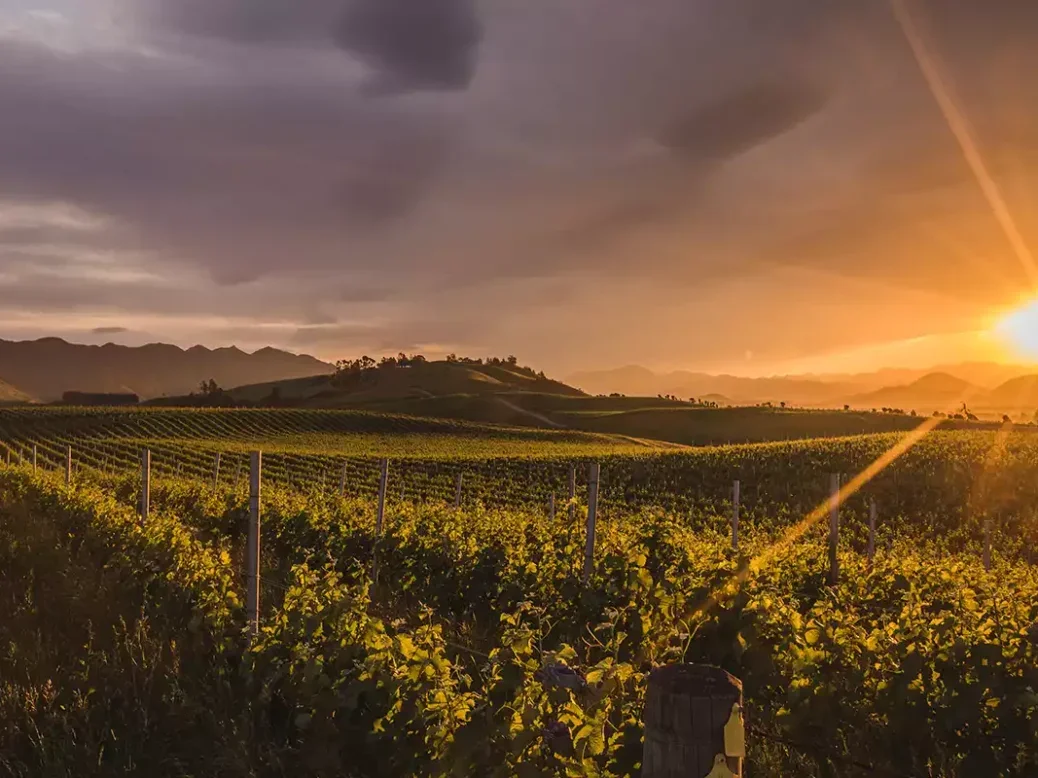
Finally, we reached the jewel in New Zealand’s crown: Marlborough. Whether you like it or not, Sauvignon Blanc, and especially Sauvignon Blanc from Marlborough, is the oil on which the Kiwi engine runs. Ignore it at your peril.
There are effectively three versions of Marlborough Savvy. There are the near-bulk operations that pump out as much as they can, selling it for the proverbial wafer-thin margin; wine as nothing more than a commodity. Then we have a number of producers offering the idiosyncratic style that the world adores. These winemakers are crucial in the fight to save Savvy from the contempt it so often inspires among knowledgeable wine lovers. Finally, an even smaller number of winemakers are looking at ways to create more complex and interesting versions—they all produce the more traditional style, too, of course. These are perhaps the real love-them-or-hate-them Savvies. The producers include Astrolabe, Dog Point, Blank Canvas, Cloudy Bay, Greywacke, Clos Henri, and Mahi (though the list could go on).
The move to alternative styles of Sauvignon Blanc can be traced back—according to James Healy, formerly of Cloudy Bay and now Dog Point—to the early 1980s, with the popular oak-fermented Fumé Blanc styles of the day. The move was then to blend Sauvignon Blanc fermented in stainless steel with that fermented in oak. From then onward, the tinkering has never ceased. Winemakers have experimented with the providence, the age, and the format of the oak, striving for the best combinations of these factors.
I vividly recall a visit to New Zealand many years ago when Cloudy Bay founder David Hohnen kept teasing us with mentions of a new wine he was releasing. At that stage, it had no name. Finally, with expectation having reached fever pitch by the end of the visit, he unveiled it. The response was mixed, to say the least. Some loved it. Personally, I was not a fan. It became Te Koko. As with all these wines, it has evolved considerably and is now a much more vineyard-focused wine. These styles have come a long way, and while they’ll divide a crowd, they deserve attention.
To do the region full justice, however, we must also acknowledge the other grape varieties that are planted here. In particular, Pinot Noir and Chardonnay are planted extensively (though much of this is used in sparkling wine). Out of a total of 29,415ha (72, 686 acres), Sauvignon Blanc takes up a massive 23,834ha (58,895 acres). Pinot Noir has 2,733ha (6,753 acres), Pinot Gris 1,238ha (3,059 acres), and Chardonnay 1,083ha (2,676 acres). If not swept aside by the Sauvalanche, both Pinot Noir and Chardonnay would be the focus of much more positive attention. The Pinot produced here can be delicate and elegant, while Chardonnay is likely to be richly flavored and intense, with notes of peach and other stone-fruit.
The subregions are becoming more distinct as vines age, whenever the wines from them are not blended into oblivion. There are the Southern Valleys, Awatere Valley, and Wairau Valley (the Wairau River being just one of the legendary trout streams in the region). All of these subregions, however, fall under a single GI. This causes a very understandable frustration among makers keen to elevate Sauvignon Blanc and Marlborough. This one GI contains more than 70% of New Zealand’s planted vines, while the remaining 30% have as many as 17 GIs between them. Part of the problem is undoubtedly that different producers have different agendas. For example, for all the talk about subregions, there are still disputes over the boundary between Awatere and the Southern Valleys.
As one winemaker put it to me, Does anyone think we would have these issues if the dominant grape here was Pinot Noir? They wonder, not unfairly, how much of their problem stems from what they call Savvy-hate.
To combat this, around 50 of the 120 wineries in the region have joined an initiative called Appellation Marlborough Wine, founded in 2018. The aim is to safeguard the reputation of the region and of its Sauvignon Blanc, and to ensure that the highest standards are maintained. Vineyards must be sustainable, bottling must be in New Zealand, and certain criteria for matters such as cropping levels must be met. There is a blind sensory assessment that the wines must pass. They have produced a most detailed and useful map of the region, and their icon can be used on wines that qualify. It is all about maintaining standards and ensuring that Marlborough Sauvignon Blanc remains among the world’s best.
As part of their ongoing efforts, in June this year, they upgraded their standards. Every parcel harvested—and not simply an overall average—must have a minimum ripeness level of 18° Brix. The minimum Brix level equates to the 10.5% ABV that is the minimum in Sancerre, but the past few seasons have shown that members are usually well in excess of this. The viticultural area from which every grape must be harvested is that demarcated on their Wine Map of Marlborough. In addition, they are increasing their “lobbying/advocacy activity on an industry/regulatory level,” and part of this has been the hiring of a CEO for the organization. Until now, the work has largely been on a pro bono basis by members. The new changes were all passed unanimously by the members.
There has long been debate over whether the New World should go down the path of the implementation of appellations, as we find in the Old World. Generally, the feeling is that they are not necessary and would be more likely to provide unnecessary restrictions than benefits. Given the challenges facing the elite producers of Sauvignon Blanc in Marlborough, however, their efforts at regulation are not only understandable but necessary if they are to move to the next level and maintain the worldwide adoration they have won.
Four fine and varied versions of Marlborough Sauvignon Blanc
2023 Cloudy Bay Sauvignon Blanc
The world’s most famous Savvy. Even though production is quite high, it is rare to find anywhere where this wine is not on allocation, which says it all. Full of passion fruit, mango, blackcurrants, and tropical exuberance, with a hint of lime; there is a supple texture and a lingering line of saline acidity. Appealing ripeness and fine balance; this is a wine with a much-loved house style, and the 2023 edition remains true to it. | 93
2023 Blank Canvas Holdaway Vineyard Sauvignon Blanc
Blank Canvas is one of the emerging stars of the region, and this is an absolute classic. Juicy, neatly balanced, taut, concentrated, and with a fine line of acidity, this is a wine just dripping with passion-fruit and mango flavors. The Holdaway Vineyard is located in the highly regarded Dillon’s Point subregion of Marlborough. | 94
2021 Greywacke Wild Sauvignon Blanc
Kevin Judd spent a quarter-century working at Cloudy Bay before establishing his own winery, Greywacke. So, along with the team at Cloudy Bay, and James Healy and Ivan Sutherland (now at Dog Point), Kevin and his team have an experience and expertise with this grape variety that is hard to match. Their Wild Sauvignon Blanc sees natural yeasts, two thirds malolactic fermentation, 7% new oak, six months on lees, and 11 months’ barrel maturation. This is Sauvignon Blanc on steroids. From the superb 2021 vintage, this offers lemongrass, ginger, river stones, stone-fruit, hints of limes, and grapefruit pith. It also has a creamy texture. But what really thrills is the amazing peacock’s tail of flavors that explodes on the finish. A wonderful example of the style. | 95
2018 Dog Point Section 94
For me, this is the pinnacle of Kiwi Savvy. Granted, it falls within the alternative, sophisticated category, rather than being in the better-known and loved, fresh, bright, and fruity style, but the extra complexity gives it a level of appeal that is irresistible and unsurpassable. A single-vineyard offering, it shows a combination of crème brûlée, oyster shells, flinty rocks, stewed apples, and floral notes. There is a creamy, supple, and seductive texture, fine balance, and excellent length. A wine with a further 10–15 years ahead of it, if one prefers that route. | 96
Conclusions from a fine-wine journey
New Zealand is and will remain ground zero for New World Sauvignon Blanc, its popularity and success inextricable from that of the grape variety. Fans should seek out some of the more complex efforts for an entirely new experience. Looking beyond Sauvignon, New Zealand is home to some truly superb wines—Pinot Noir and Chardonnay especially, with some niche Syrah. They are worthy of consideration for any cellar of fine wine.
If two other things stood out during the visit, the first is that many of the wines have a potential for longevity that seems largely to have been overlooked to date. And second, in world terms, a great many of their best wines are seriously undervalued.
New Zealand has made an extraordinary impact, even if only in a small way, on the world of fine wine. Expect that to increase over the coming years.

